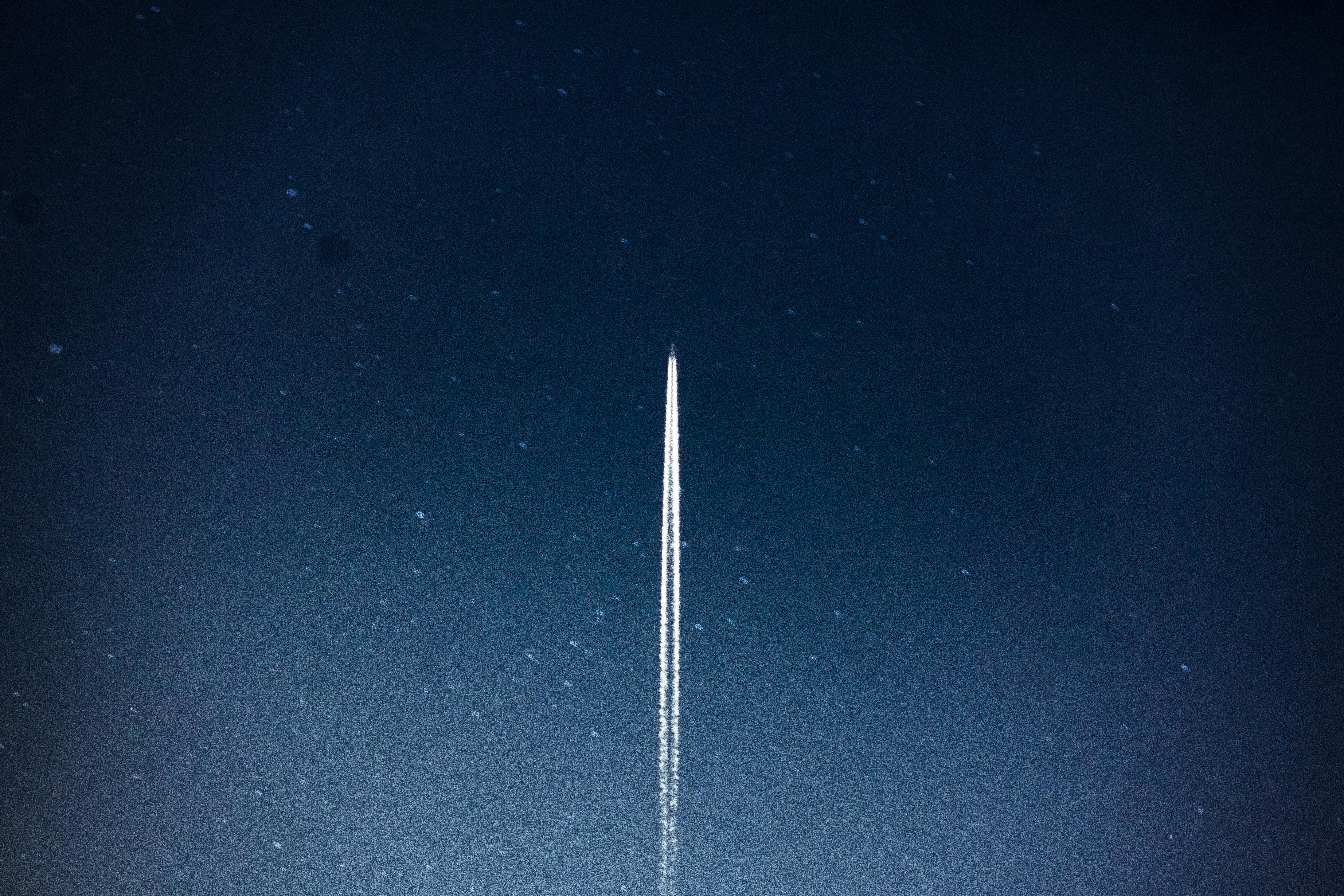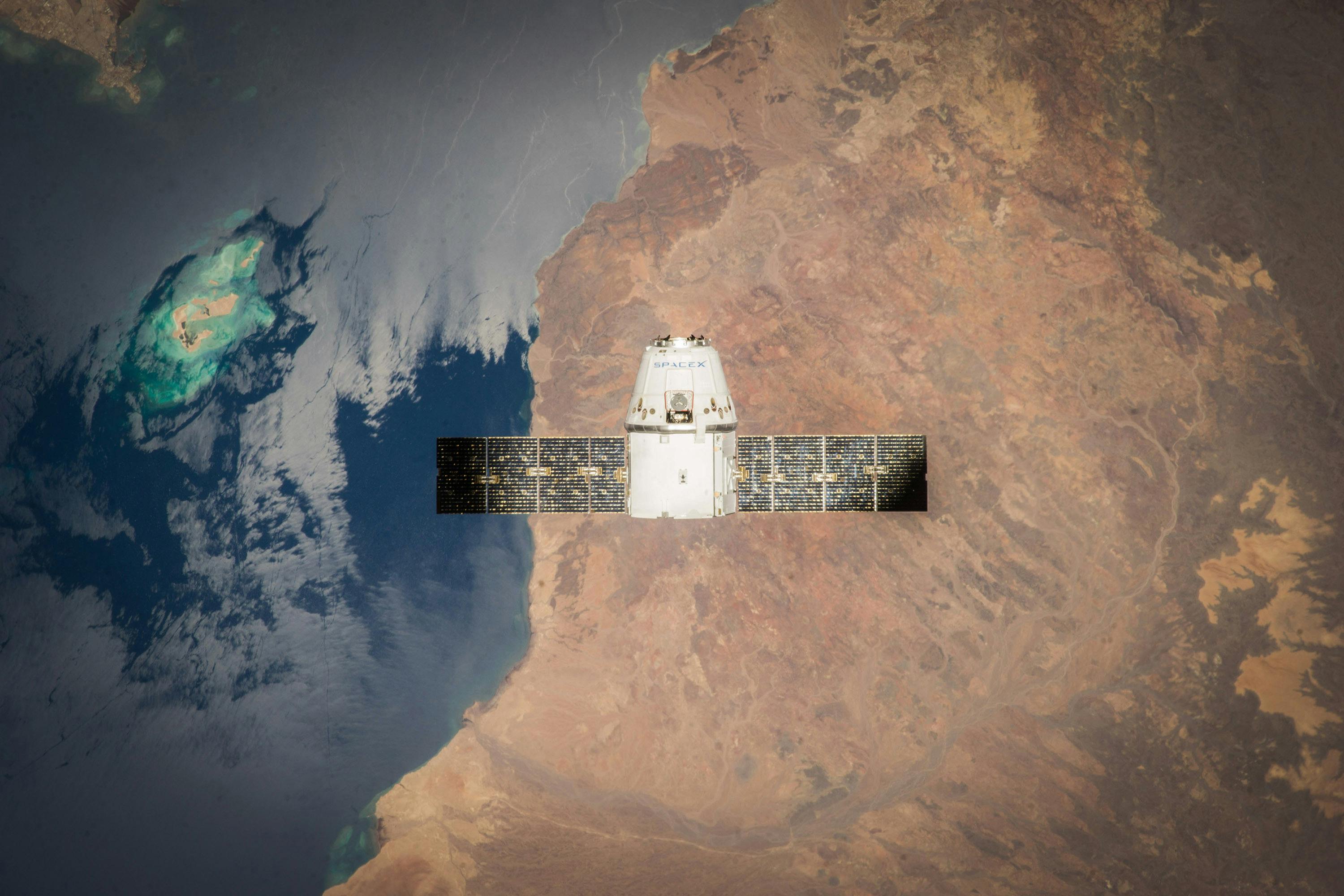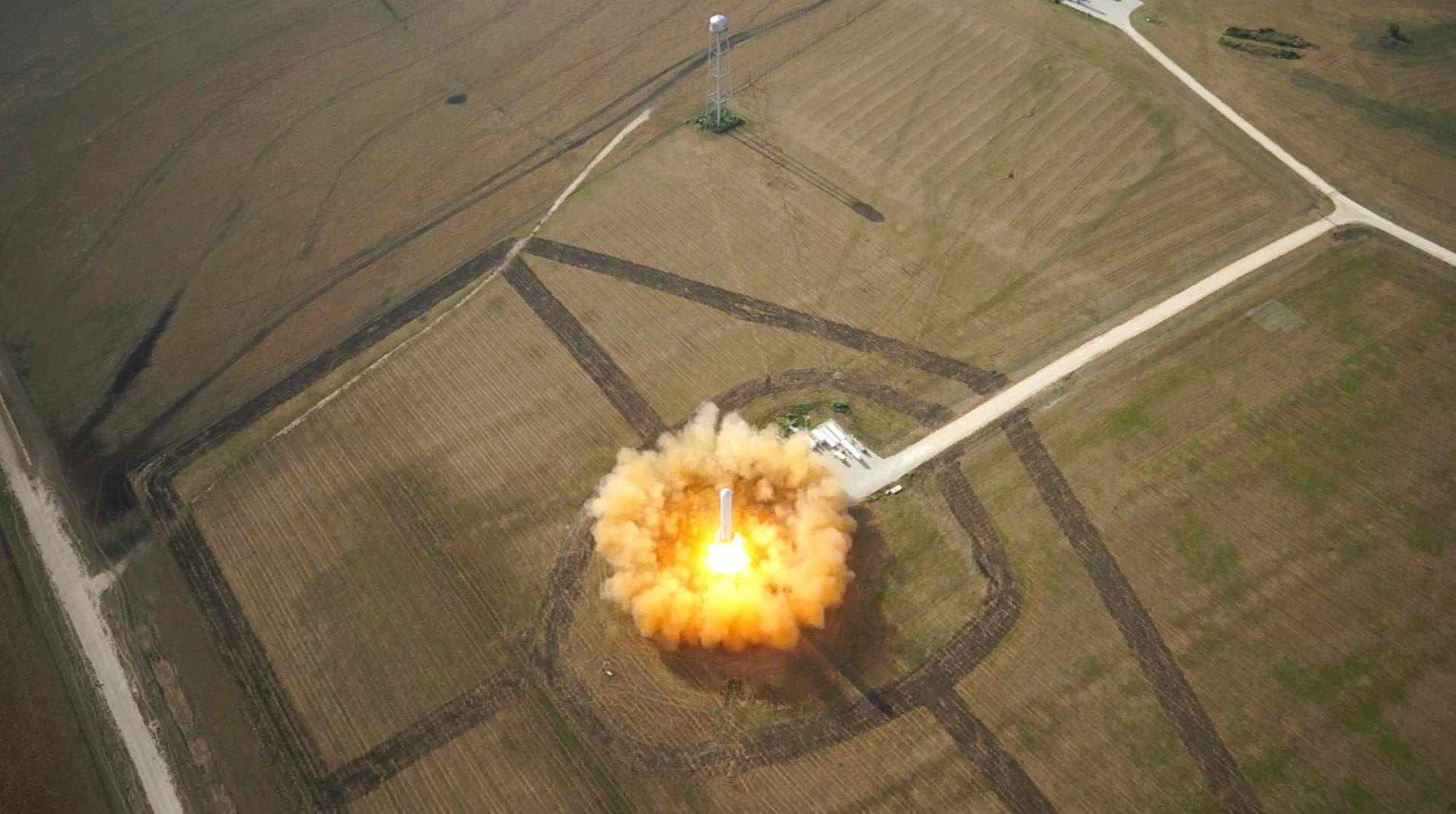· space brief · 4 min read
Space Brief 21 Aug 2025
Today's brief covers the launch of the X-37B, cutting-edge quantum navigation systems, and the future of space-based military technology. Discover the role of SpaceX and the advancements in inertial navigation.

📄Top Stories
The U.S. Space Force’s X-37B space plane embarks on its eighth mission, this time carrying a groundbreaking quantum inertial sensor. This launch, facilitated by SpaceX, marks another significant milestone in modern military space initiatives. Such advancements signify the growing reliance on sophisticated satellite systems and tracking technology, underscoring our web app’s commitment to providing precise satellite data.
📰Detailed Coverage
X-37B Launches with Quantum Inertial Sensor
The U.S. Space Force’s mysterious X-37B Orbital Test Vehicle takes center stage, launching aboard a SpaceX Falcon 9 rocket. This mission is particularly noteworthy for its onboard payload—a quantum inertial sensor intended to explore alternative navigation methods to GPS. The X-37B, with its reusable spaceplane design, represents the cutting edge of space-based defense and exploration technology.
Quantum navigation could revolutionize satellite systems, providing autonomy from traditional GPS or satellite connections. The implications for satellite tracking are profound, offering enhanced precision and reliability. Our web app continues to offer comprehensive tracking capabilities, making it an indispensable tool for professionals and enthusiasts alike.
Read the full story: Space.com
SpaceX Facilitates X-37B Launch
Continuing their collaboration with the U.S. Military, SpaceX has successfully launched the X-37B into orbit from the Kennedy Space Center. Scheduled at 11:50 p.m. EDT, this marks the third instance where SpaceX has propelled the X-37B skyward, highlighting the synergy between commercial space enterprises and military operations. The launch further cements SpaceX’s position as a pivotal player in the aerospace industry, bridging the gap between cutting-edge technology and national defense objectives.
The repeated partnership underscores the increasing significance of reusable spacecraft and cost-effective launch solutions. As this spaceplane embarks on its latest mission, space enthusiasts and professionals can follow its journey via sophisticated tracking systems that enhance situational awareness and strategic planning.
Read the full story: Spaceflight Now
🛰️Satellite Spotlight
- Satellite Name: YAOGAN-30 05C
- NORAD ID: 43172
- Launch Date: January 25, 2018
- Mission: This satellite is believed to be part of China’s reconnaissance efforts, potentially focused on signals intelligence (SIGINT).
- Orbit: Low Earth Orbit (LEO)
- Operator: China State Administration for Science, Technology and Industry for National Defense (ZLZB)
- Fun Fact: The YAOGAN series aims to enhance China’s military capabilities by providing valuable reconnaissance data.
Track this satellite in real-time on our web app: Track YAOGAN-30 05C
🚀Upcoming Space Launches
August 21
- Russian Space Forces Angara 1.2:
- Kosmos (Unknown Payload) from Plesetsk Cosmodrome, Russian Federation (08:30 UTC) Unknown classified payload for the Russian military.
August 22
-
SpaceX Falcon 9 Block 5:
- OTV-8 (X-37B) (USSF-36) from Kennedy Space Center, FL, USA (03:40 UTC) Eighth flight of the X-37B program. The OTV-8 mission includes operational demonstrations and experiments of next-generation technologies.
-
SpaceX Falcon 9 Block 5:
- Starlink Group 17-6 from Vandenberg SFB, CA, USA (15:44 UTC) A batch of 24 satellites for the Starlink mega-constellation, SpaceX’s project for space-based Internet communication system.
August 23
-
Blue Origin New Shepard:
- NS-35 from Corn Ranch, Van Horn, TX, USA (12:30 UTC) This flight will fly more than 40 scientific and research payloads to space, including 24 experiments from NASA’s TechRise Student Challenge.
-
Rocket Lab Electron:
- Live, Laugh, Launch from Rocket Lab Launch Complex 1, Mahia Peninsula, New Zealand (22:30 UTC) ‘Live, Laugh, Launch’ is the second of two dedicated missions on Electron for a confidential customer, deploying 5 satellites to a 655 km orbit.
August 24
-
SpaceX Falcon 9 Block 5:
- Dragon CRS-2 SpX-33 from Cape Canaveral SFS, FL, USA (06:45 UTC) 33rd commercial resupply services mission to the ISS, delivering supplies and payloads to support onboard research investigations.
-
China Aerospace Science and Technology Corporation Long March 8A:
- Unknown Payload from Wenchang Space Launch Site, People’s Republic of China (19:18 UTC) Details TBD.
-
SpaceX Starship:
- Flight 10 from SpaceX Starbase, TX, USA (23:30 UTC) 10th test flight of the two-stage Starship launch vehicle.
August 26
- SpaceX Falcon 9 Block 5:
- NAOS from Vandenberg SFB, CA, USA (18:53 UTC) NAOS is a dual-use observation satellite system providing high-resolution images to governmental and military organizations, including NATO.
Note: Launch dates and times are subject to change due to technical or weather considerations.

Maurice Stellarski





